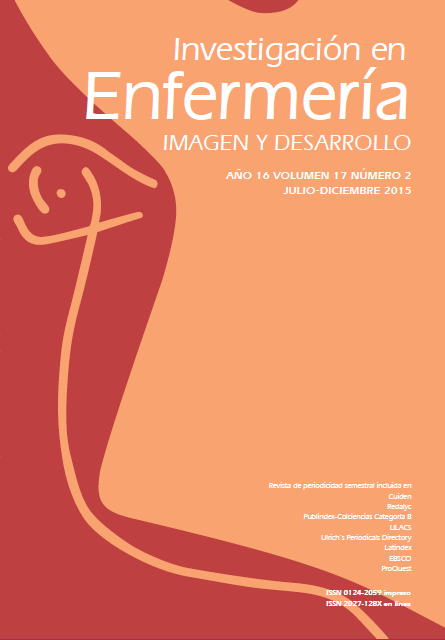Abstract
Objective: The objective of this systematic descriptive review was to make a summary and a qualitative analysis on the efficiency of the Confusion Assessment Method (CAM) as a diagnostic tool for acute confusional syndrome (ACS). Methodology: We carried out a search in PubMed, PsychoInfo, MEDES, SciELO, Cochrane, Medline, Embase, Central, CUIDEN, Google Scholar, Academic Search, magazines, books and we made other manual searches of citations in other means of scientific disclosure. We used the MeSH descriptors: delirium, reliability, sensitivity and specificity, and the free term: confusion assessment method, which generated 756 potentially eligible articles, from 2009 to 2014.Results: 0.66% diagnostic studies were found, from which two were about validation and cultural adaptation to Thai, one to German, one about validation in palliative care patients and the last found was a comparative cohort evaluation of the efficiency of the CAM scale compared to the Diagnostic and Statistical Manual of Mental Disorders (DSM-IV) and International Classification of Diseases (ICD-10). Conclusion: CAM scale is a valid, reliable and safe diagnostic tool with high performance, when it is handled by trained professionals for clinical diagnosis of ACS. It is necessary to develop more research into routine practices of professional nursing.
The journal Investigación en Enfermería: Imagen y Desarrollo is registered under a Creative Commons Attribution 4.0 International Public License. Thus, this work may be reproduced, distributed, and publicly shared in digital format, as long as the names of the authors and Pontificia Universidad Javeriana are acknowledged. Others are allowed to quote, adapt, transform, auto-archive, republish, and create based on this material, for any purpose (even commercial ones), provided the authorship is duly acknowledged, a link to the original work is provided, and it is specified if changes have been made. Pontificia Universidad Javeriana does not hold the rights of published works and the authors are solely responsible for the contents of their works; they keep the moral, intellectual, privacy, and publicity rights.
Approving the intervention of the work (review, copy-editing, translation, layout) and the following outreach, are granted through an use license and not through an assignment of rights. This means the journal and Pontificia Universidad Javeriana cannot be held responsible for any ethical malpractice by the authors. As a consequence of the protection granted by the use license, the journal is not required to publish recantations or modify information already published, unless the errata stems from the editorial management process. Publishing contents in this journal does not generate royalties for contributors.


